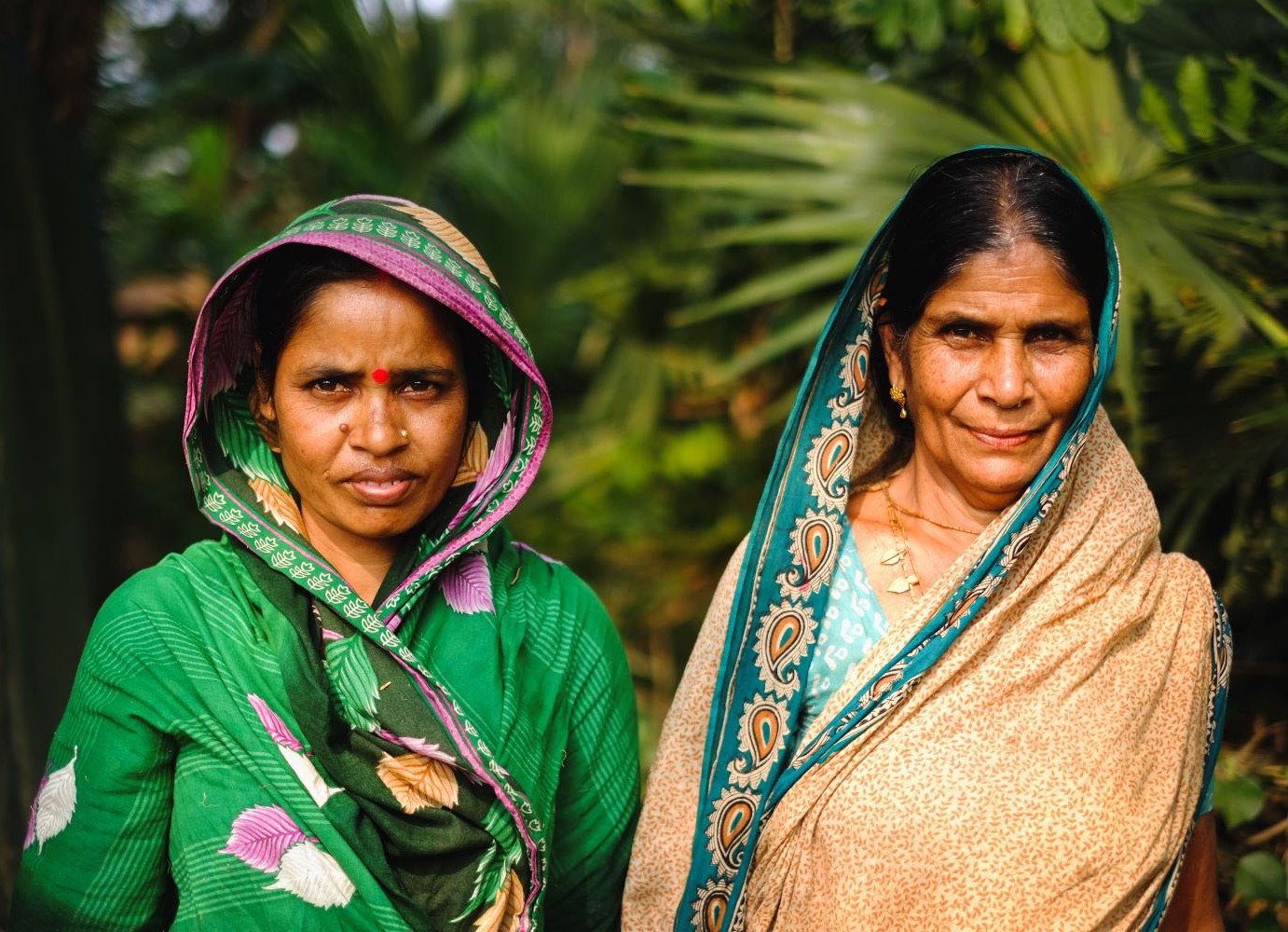The UN Secretary-General’s High Level Panel of Eminent Persons on the Post-2015 Development Agenda has delivered its report, setting out an overarching aim of the eradication of extreme poverty by 2030, and a proposed set of goals, targets and indicators to get there. Overall, the report looks like it will provide a valuable stepping stone to an eventual framework. In a number of areas the Panel has indicated substantial and positive shifts in the way that they see sustainable development; there is perhaps only one major flaw.
After a preambulatory first chapter which sets the vision of ending extreme poverty by 2030, and is careful to highlight the importance of environmental sustainability, the second identifies ‘five transformative shifts’ as its priorities for its agenda:
- Leave No One Behind
- Put Sustainable Development at the Core
- Transform Economies for Jobs and Inclusive Growth
- Build Peace and Effective, Open and Accountable Public Institutions
- Forge a new Global Partnership
This might sound like it covers everything rather than being the prioritization it claims, but having been involved in drafting something like this for Save the Children I can confirm just how hard it is to find these framing signals when everyone has a different view.
The first point is the most important, bringing with it the specific commitment to challenge inequalities of all types:
The next development agenda must ensure that in the future neither income nor gender, nor ethnicity, nor disability, nor geography, will determine whether people live or die, whether a mother can give birth safely, or whether her child has a fair chance in life… This is a major new commitment... The new agenda must tackle the causes of poverty, exclusion and inequality… These are issues of basic social justice.
Note that this mirrors closely the framing of the report on the global consultation on inequalities in post-2015, and has the potential to change, fundamentally, the accountability of governments at all levels for inequalities in outcomes. It should, inter alia, demand a step change in the inclusion of persons with disabilities.
Running through the other points are commitments to transparency and accountability, as well as to sustainability. Inevitably, perhaps, with a joint document of this type, the economic approach lacks complete coherence, with emphases both on the power of market liberalisation and on the importance of checks and balances on corporate power. Recognition of the importance of small and medium-sized enterprises (they “will create most of the jobs that will be needed to help today’s poor escape poverty and for the 470 million who will enter the labour market by 2030”) is particularly welcome, given a common tendency in such discussions to overemphasise the role of multinational groups.
Another major difference from the MDGs, drawing from the 2002 Monterrey Consensus, is the emphasis on finance: above all on domestic taxation and on challenging illicit financial flows including losses to tax evasion and aggressive tax avoidance. This analysis provides a core to the proposed ‘global partnership’ goal which was arguably lacking from MDG8 – and the emphasis is clear, with evidence introduced that singles out the poor performance of OECD countries in particular. In addition, the explicit singling out of transfer pricing by multinational groups of companies is striking:
Developed countries could also pay more attention to exchanging information with developing countries to combat tax evasion. Together, they can also crack down on tax avoidance by multinational companies through the abuse of transfer pricing to artificially shift their profits across international borders to low-tax havens…
Domestic revenues are the most important source for the funds needed to invest in sustainable development, relieve poverty and deliver public services. Only through sufficient domestic resource mobilization can countries ensure fiscal reliance and promote sustainable growth.
In terms of major commitments, the report brings a most welcome emphasis on the importance of data:
[W]e need to start now, well ahead of 2015. We need to build better data-collection systems, especially in developing countries. Without them, measuring the goals and targets set out here can become an undue and unfeasible burden. With them, a global goal framework is an effective way of uniting efforts across the globe. Building the statistical capacities of national, subnational and local systems is key to ensuring that policymakers have the information they need to make good policy. The UN Statistical Commission should play a key role. Data are a true public good, and are underfunded, especially in low-income countries. That must change. Technical and financial support from high-income countries is sorely needed to fill this crucial gap.
Finally, the report includes ‘illustrative’ proposed goals and targets. In large part, as the report explains, these are based on the MDGs. For that reason, they are bound to provide some disappointment in not straying further from the path well-trod.
Especially welcome is the retention and significant strengthening of the gender goal, which now comprises 2a. Prevent and eliminate all forms of violence against girls and women; 2b. End child marriage; 2c. Ensure equal right of women to own and inherit property, sign a contract, register a business and open a bank account; and 2d. Eliminate discrimination against women in political, economic, and public life.
Most important, in terms of challenging inequality and addressing perhaps the major failing of the MDG framework, is the commitment to disaggregation (emphasis in original):
[R]elevant indicators should be disaggregated with respect to income (especially for the bottom 20%), gender, location, age, people living with disabilities, and relevant social group. Targets will only be considered ‘achieved’ if they are met for all relevant income and social groups.
Most disappointing is the decision to ignore the consensus position that emerged from the UN consultation, in favour of a standalone goal on economic inequality. In fact, the HLP report seems philosophically of a quite different view. The consultation report stresses the importance of inequality for the damage that it does to all in society, not just those at the ‘wrong’ end; the HLP report, in contrast, uses disaggregation to lever targeting for given groups to be included in reductions in absolute poverty.
I had expected at this stage to begin engaging in a discussion of which types of economic inequality measures were most important to include – indeed, this is a large part of the reason Andy Sumner and I have proposed the Palma as a small challenge to the dominance of the Gini coefficient.
My guess is that this is the area in which the HLP report will receive most criticism (and in my view, deserve it!). It will be interesting to see whether a campaign emerges to ensure that the eventual framework reflects the global consultation rather than the eminent persons’ view.
On the whole, however, it’s fair to say that the High Level Panel have done a difficult job well: reflecting major trends in development since the establishment of the MDGs, in particular in terms of data and accountability; of inequalities except the economic; and of illicit financial flows and tax evasion. So I shouldn’t complain, right?
Disclaimer
CGD blog posts reflect the views of the authors, drawing on prior research and experience in their areas of expertise. CGD is a nonpartisan, independent organization and does not take institutional positions.





